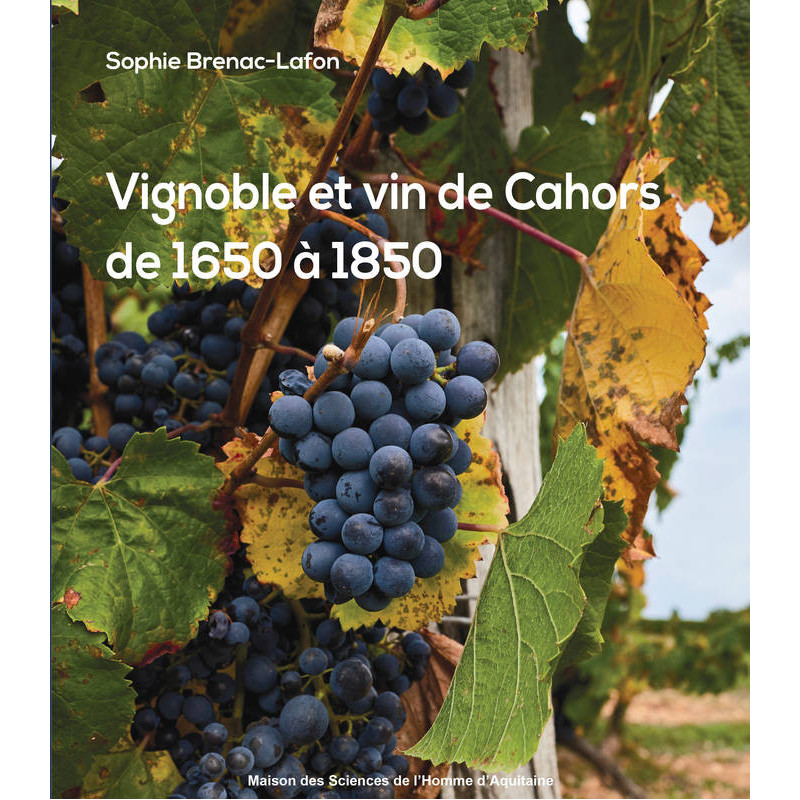From the 1650s to the mid-19th century, the wine-producing territory of Cahors experienced a period of expansion and changes linked to the dynamism of the port of Bordeaux. The vineyard area extended beyond the city, covering the Quercy countryside on both sides of the Lot River. The demographic growth initiated in the 17th century favored clearing land and cultivating new areas. This pressure on resources is reflected in the land structures characterized by extreme fragmentation. In the 17th century, vineyards, well-established, remained a secondary crop for most social classes, but during the 18th century, men massively turned to wine production to meet market demand. This investment was manifested in the planting of vineyards on land traditionally used for cereals and in the improved care given to the vines. In an effort to meet external demand facilitated by merchants from Chartrons, the people of Quercy favored the Auxerrois grape, now known as Malbec, thus ensuring the production of an almost black red wine. Its commercialization to Northern Europe and the Caribbean made it a vulnerable product at the turn of the 18th century. Despite difficult circumstances at the end of the Ancien Régime, the vineyard continued to expand in the first half of the 19th century. The omnipresence of viticultural activities conferred a specific identity to this territory that is still evident today. The vineyard of Cahors, both suburban, popular, and bourgeois, and peasant, offers an original model that distinguishes it from many wine regions studied until now.






